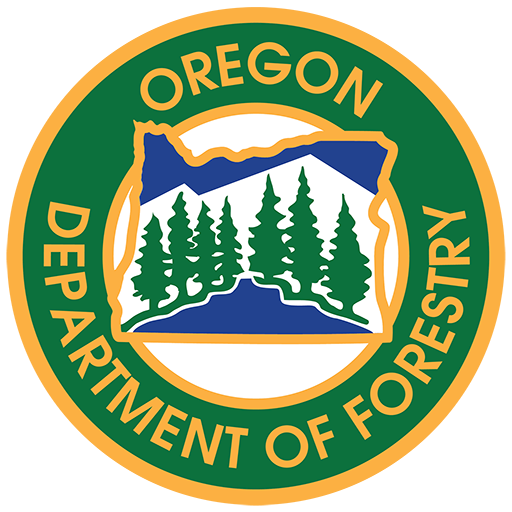This morning MH-4 in The Dalles Unit moves to IFPL 3.
A level 3 will mainly affect:
-Hot saws are shut down at 1pm and must have an area
observer and additional equipment and/or water close by. If using a
hot saw please read the attached document (Hot saw req.pdf) AND call me to
discuss. Our agency has discussed the idea of restricting hot saws
altogether during a level 3, however we have decided that IF the precautions
outlined in the attachment are followed closely we can prevent most fire
starts; or in the event of a fire, the operator will have the necessary
equipment to quickly suppress it. In addition to the minimum restrictions
and requirements, operators may want to think about voluntary precautions for hot
saws on their specific operation.
observer and additional equipment and/or water close by. If using a
hot saw please read the attached document (Hot saw req.pdf) AND call me to
discuss. Our agency has discussed the idea of restricting hot saws
altogether during a level 3, however we have decided that IF the precautions
outlined in the attachment are followed closely we can prevent most fire
starts; or in the event of a fire, the operator will have the necessary
equipment to quickly suppress it. In addition to the minimum restrictions
and requirements, operators may want to think about voluntary precautions for hot
saws on their specific operation.
-Chain saws are not allowed to work in the unit. Chain
saws may be used at landing sites until 1 pm.
saws may be used at landing sites until 1 pm.
-Ground-based equipment is allowed to work until 1pm IF
there is a machine with blade close by capable of constructing fire line.
-Gravity cable systems are allowed until 1pm.
Motorized carriage operations are not allowed.
-All operations are shutdown at 1pm
-There is a 3 hour fir watch in a level 3
On occasion, a waiver to the restrictions imposed by a level
3 may be considered. Before calling ODF to discuss a waiver please do the
following:
3 may be considered. Before calling ODF to discuss a waiver please do the
following:
1-Perform a self-inspection on your operation to assure all
fire tools, water, and equipment are up-to-speed.
fire tools, water, and equipment are up-to-speed.
2-Perform a fire drill with employees. Items to
discuss: make sure water wagon is unlocked during operations and during fire
watch; discuss what fire watch will do and who (and how) they will call for
help; make sure all employees know how to operate water wagon; make sure
hitches are compatible with water wagon; if waiver is issued truck must be
hooked up to water wagon regardless of how many gallons in wagon, both during
operations and fire watch period.
discuss: make sure water wagon is unlocked during operations and during fire
watch; discuss what fire watch will do and who (and how) they will call for
help; make sure all employees know how to operate water wagon; make sure
hitches are compatible with water wagon; if waiver is issued truck must be
hooked up to water wagon regardless of how many gallons in wagon, both during
operations and fire watch period.
3-Move water wagon as close as practicable to your
equipment.
equipment.
4-Be prepared to suggest additional prevention and/or
suppression measures such as building dozer line around unit, providing more
water or multiple water wagons, firing up water wagon each morning, having 2
workers as a fire watch, have fire watch camp out on or near the job site etc.
suppression measures such as building dozer line around unit, providing more
water or multiple water wagons, firing up water wagon each morning, having 2
workers as a fire watch, have fire watch camp out on or near the job site etc.
5-Call Chet Behling(541-296-4626) for an inspection, if one hasn’t been done
already on your specific job site.
already on your specific job site.

